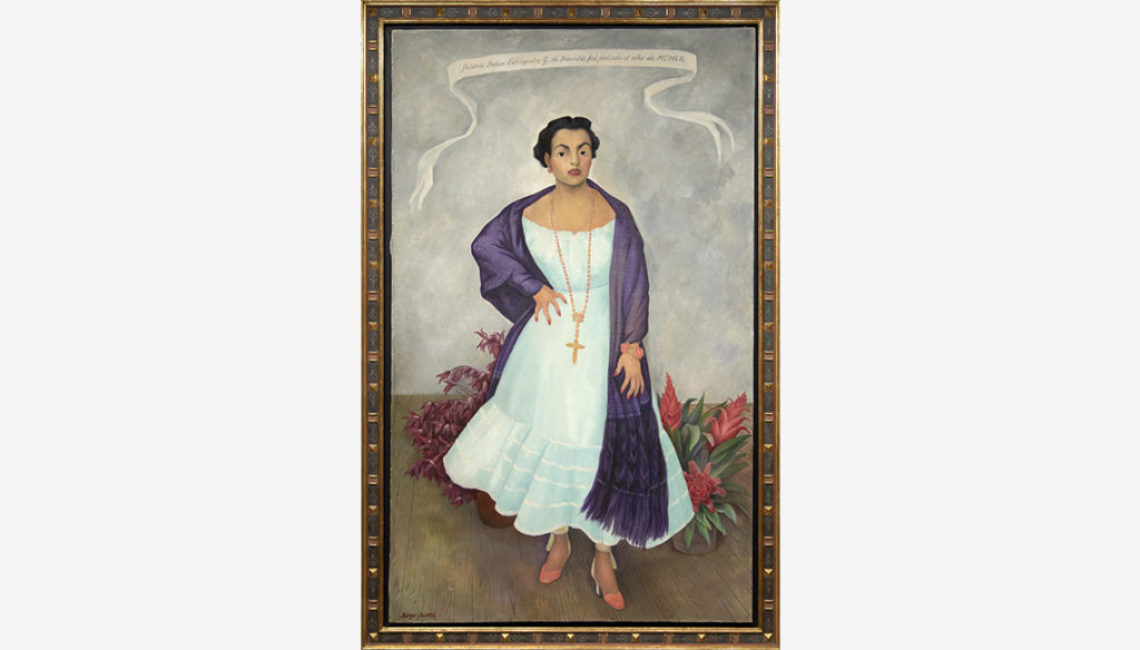ディエゴ・リベラ (1886-1957)
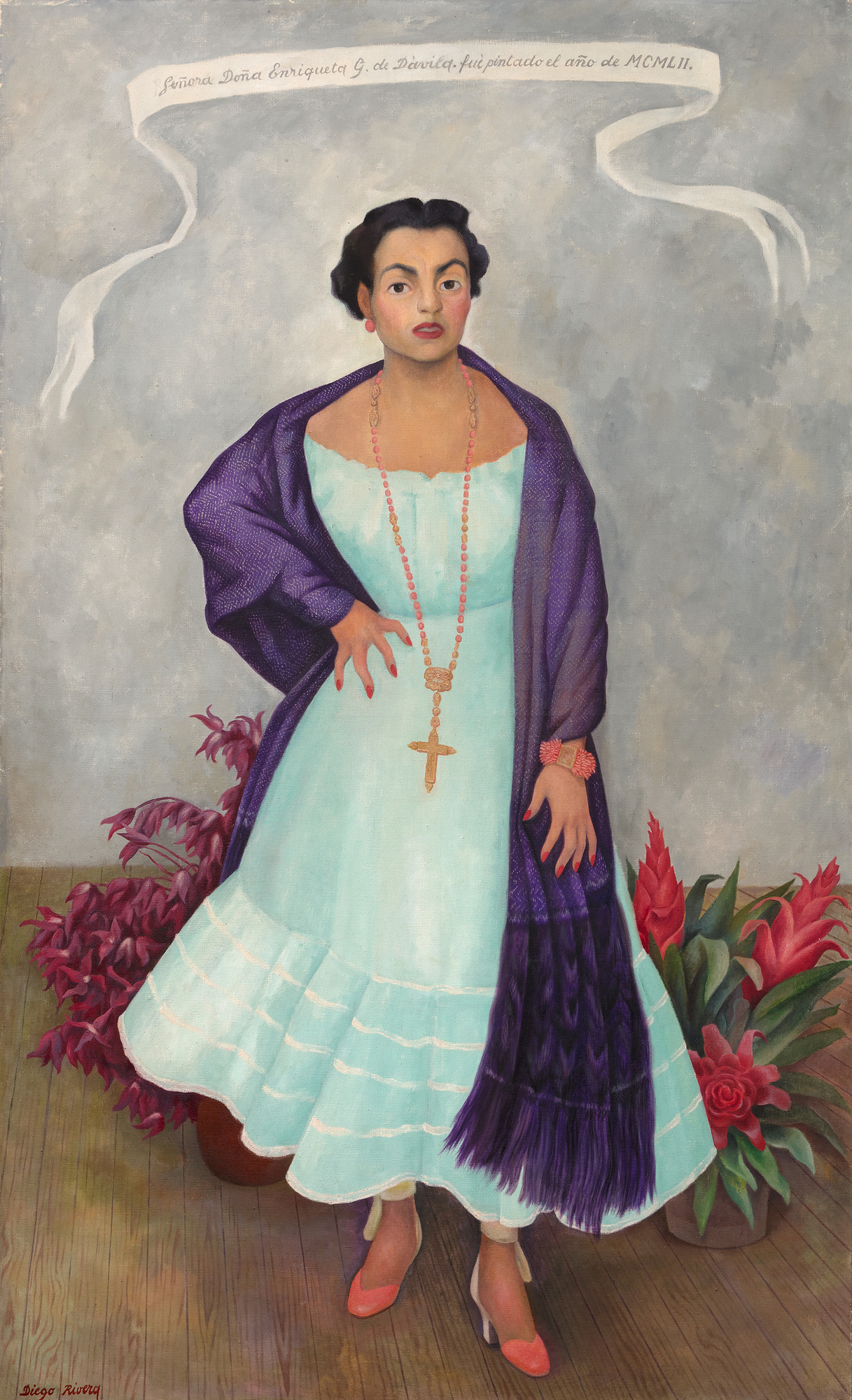
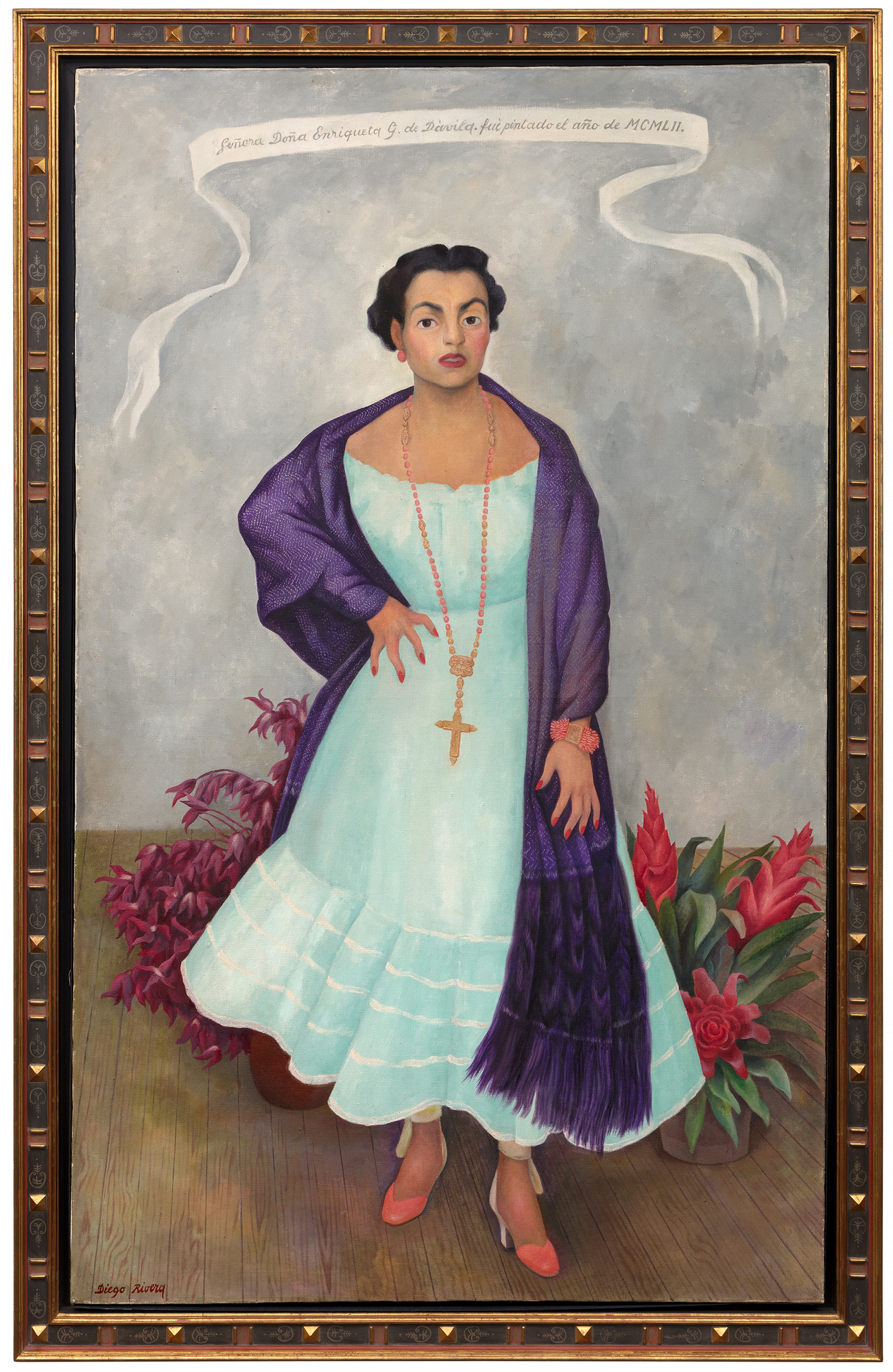
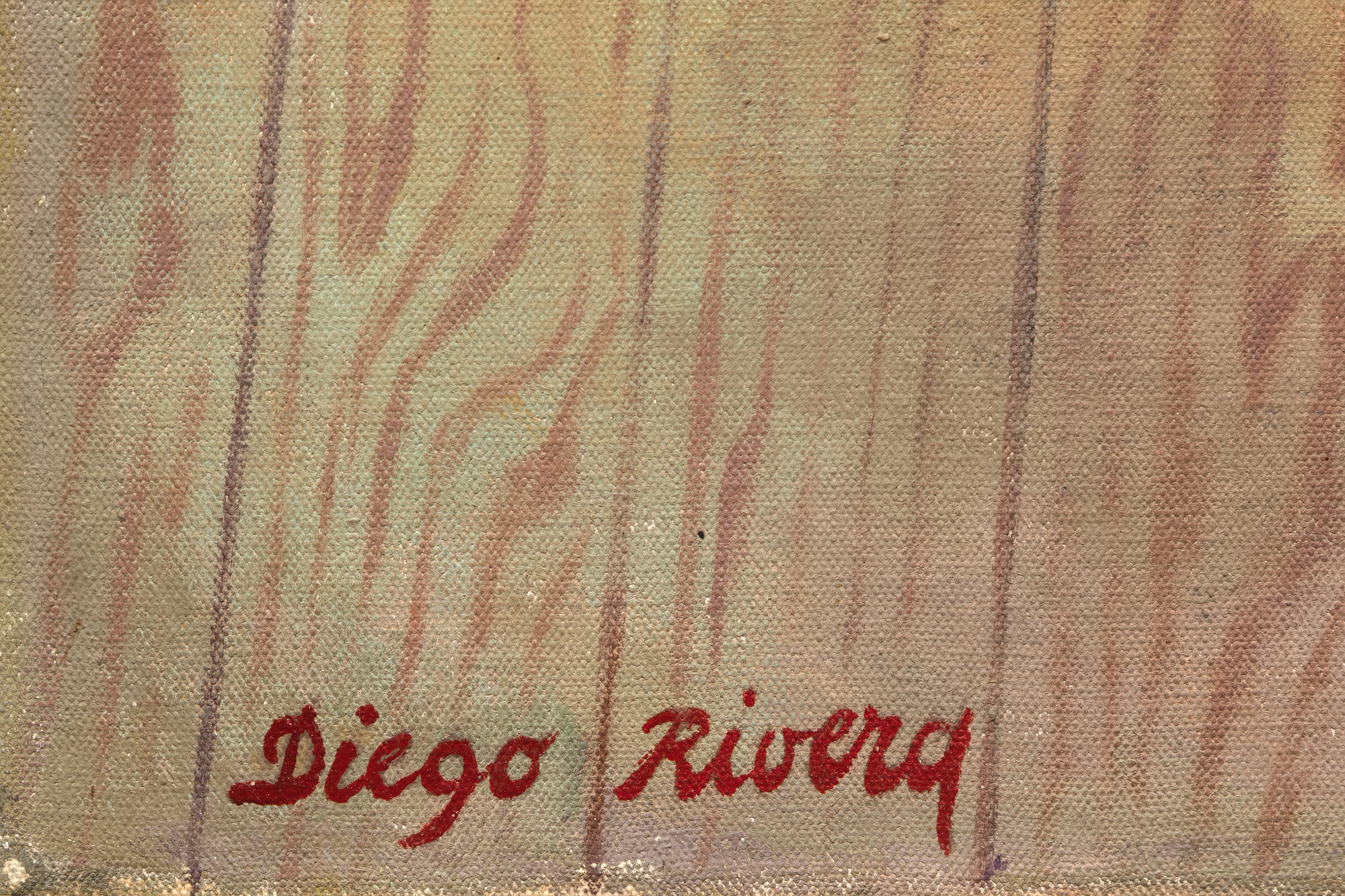
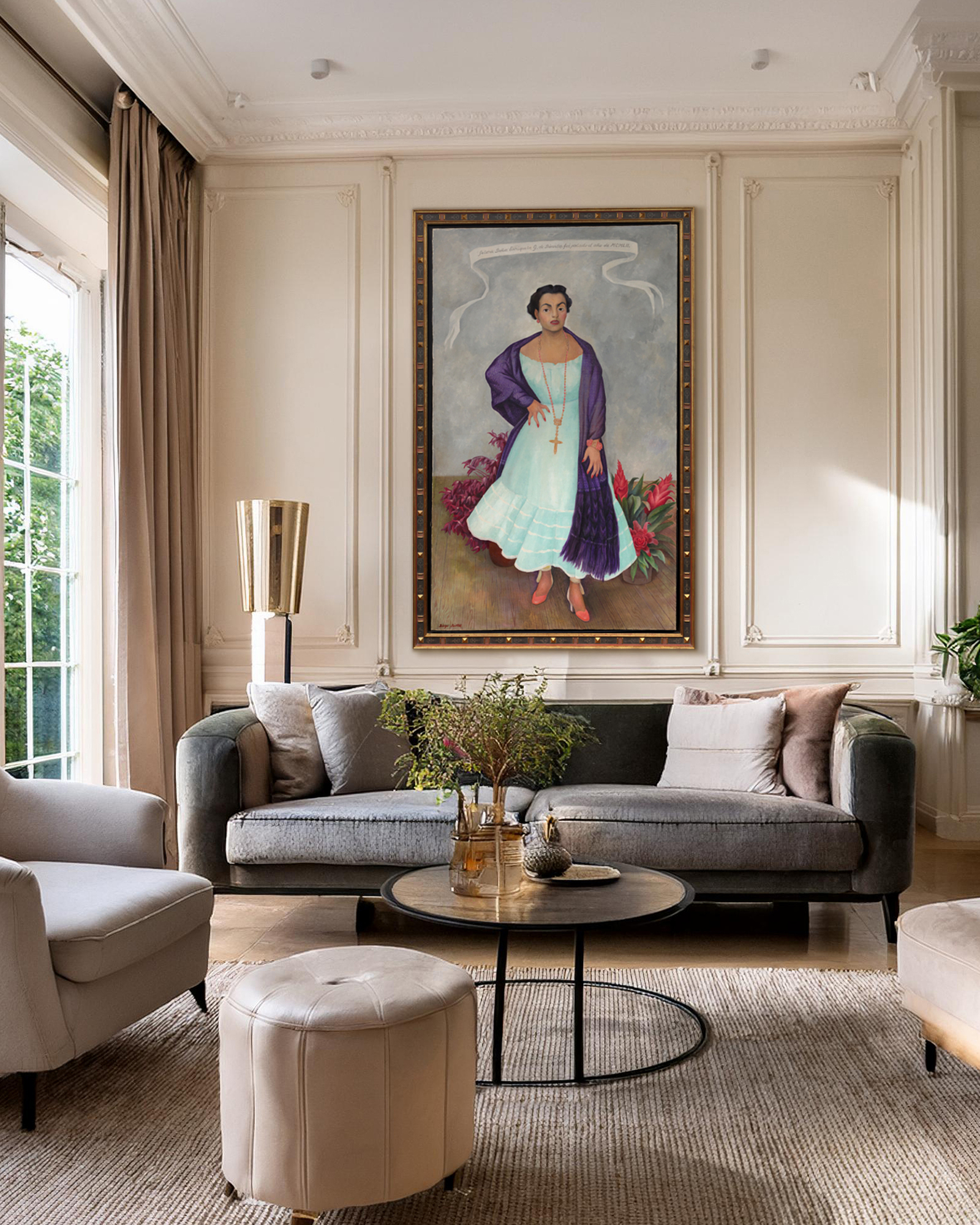
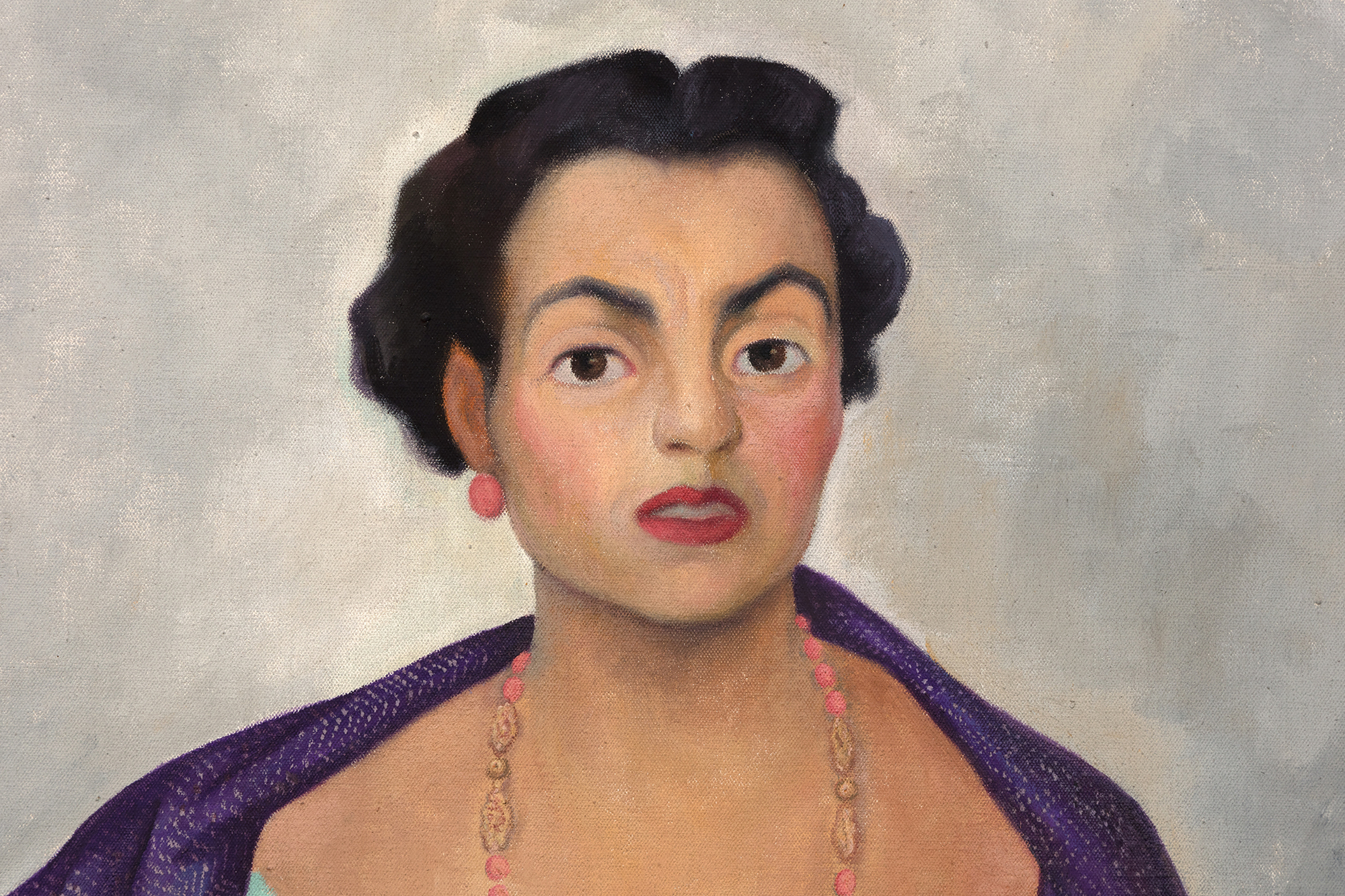
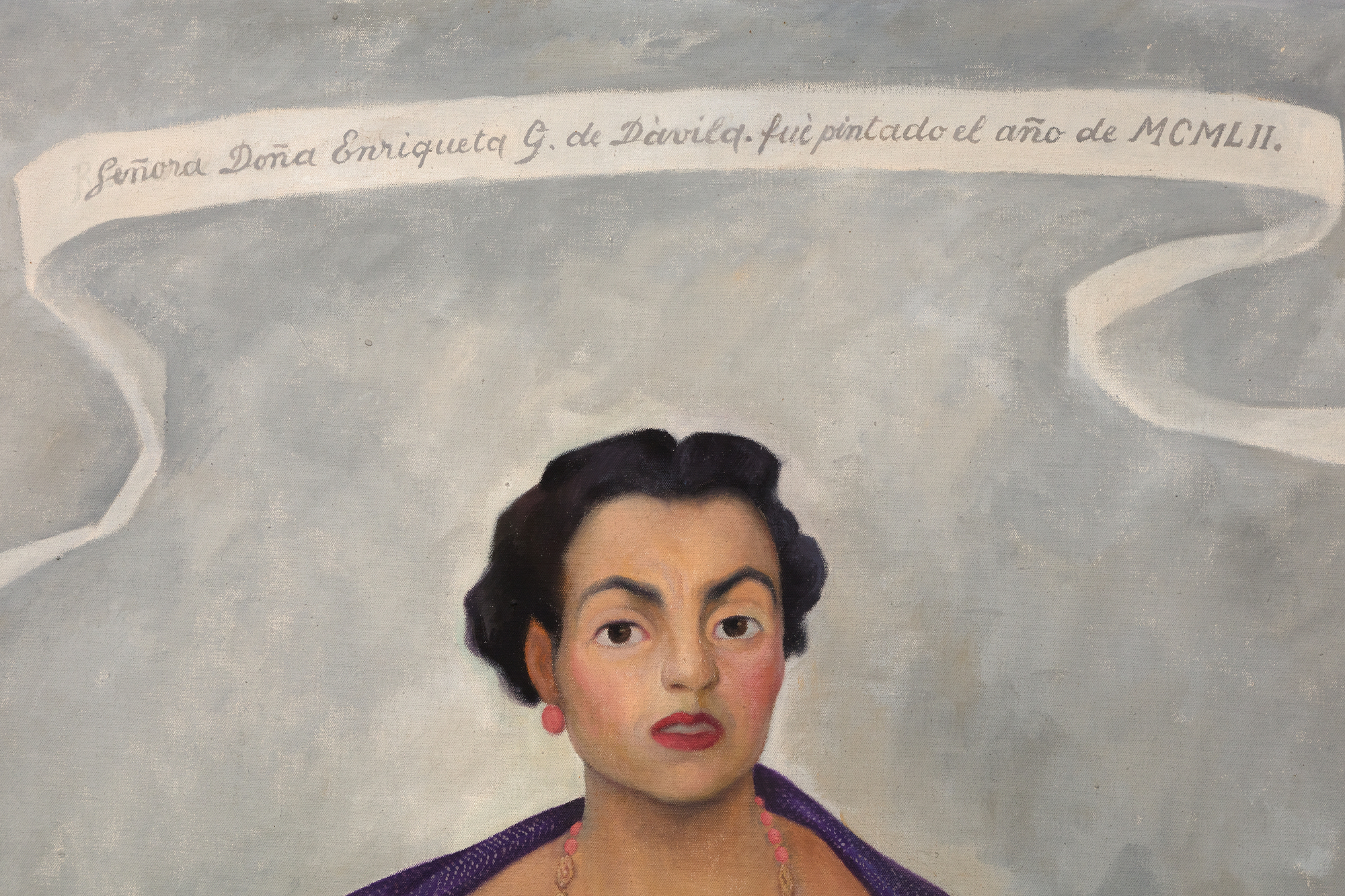
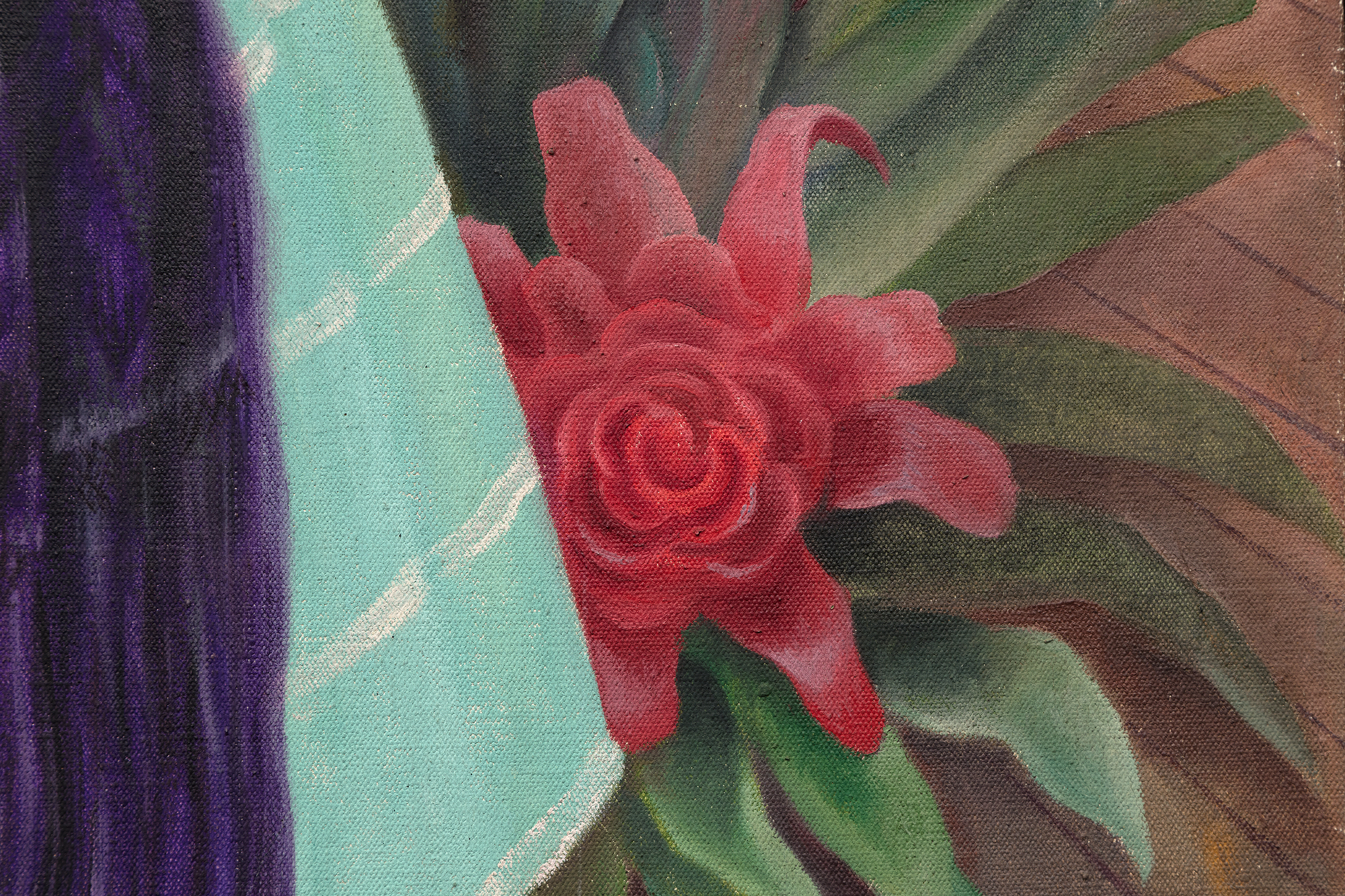
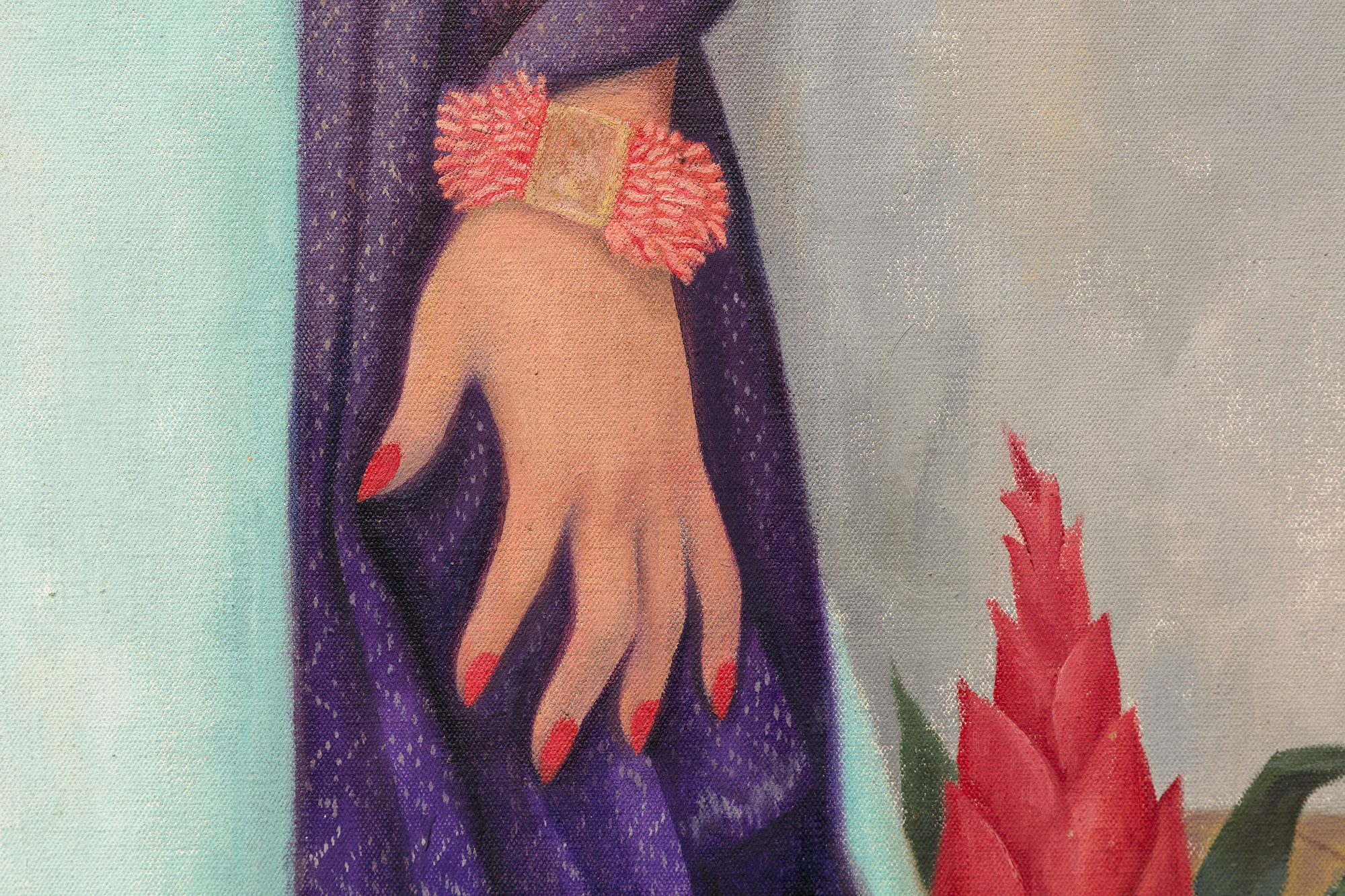
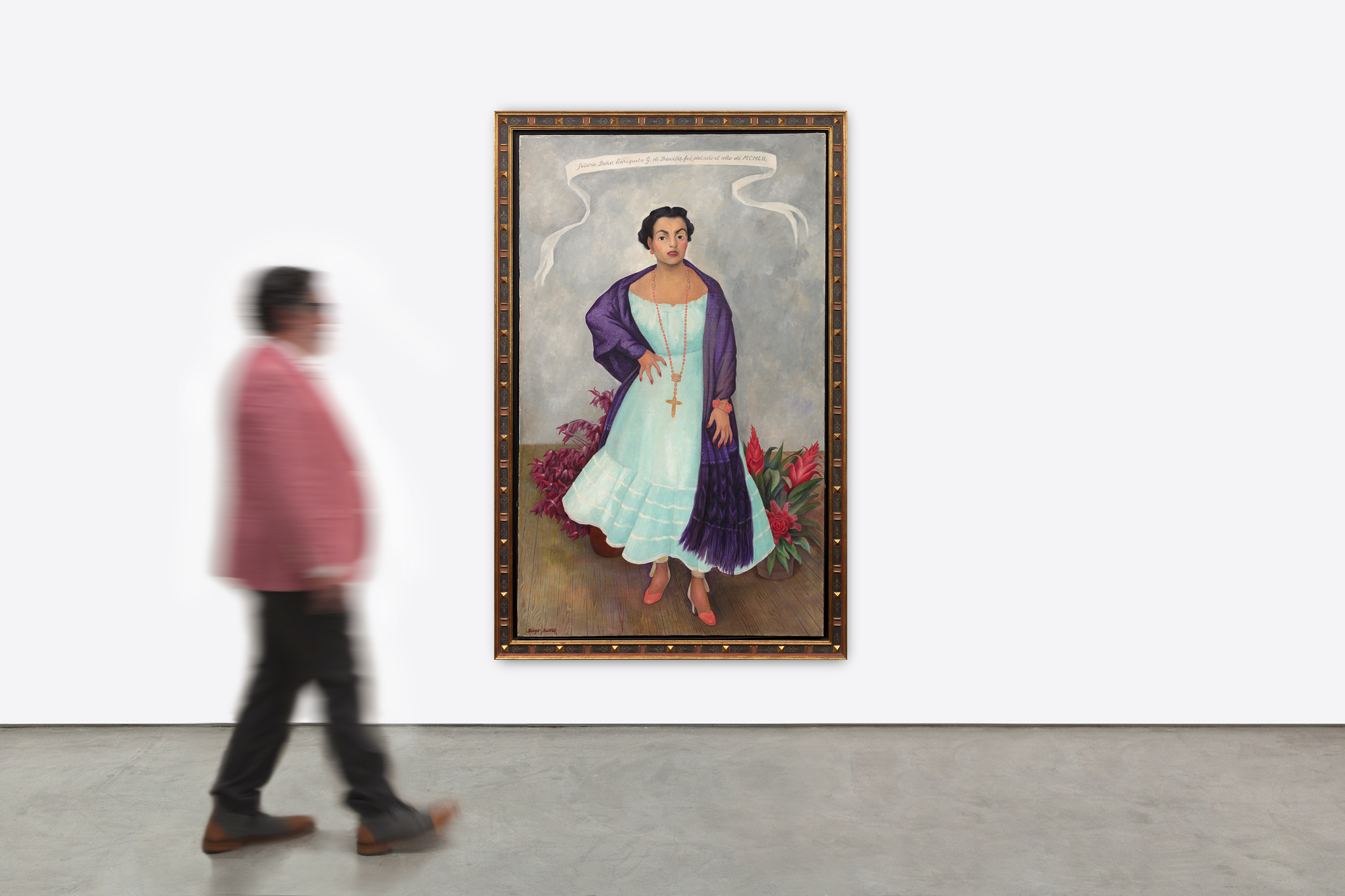
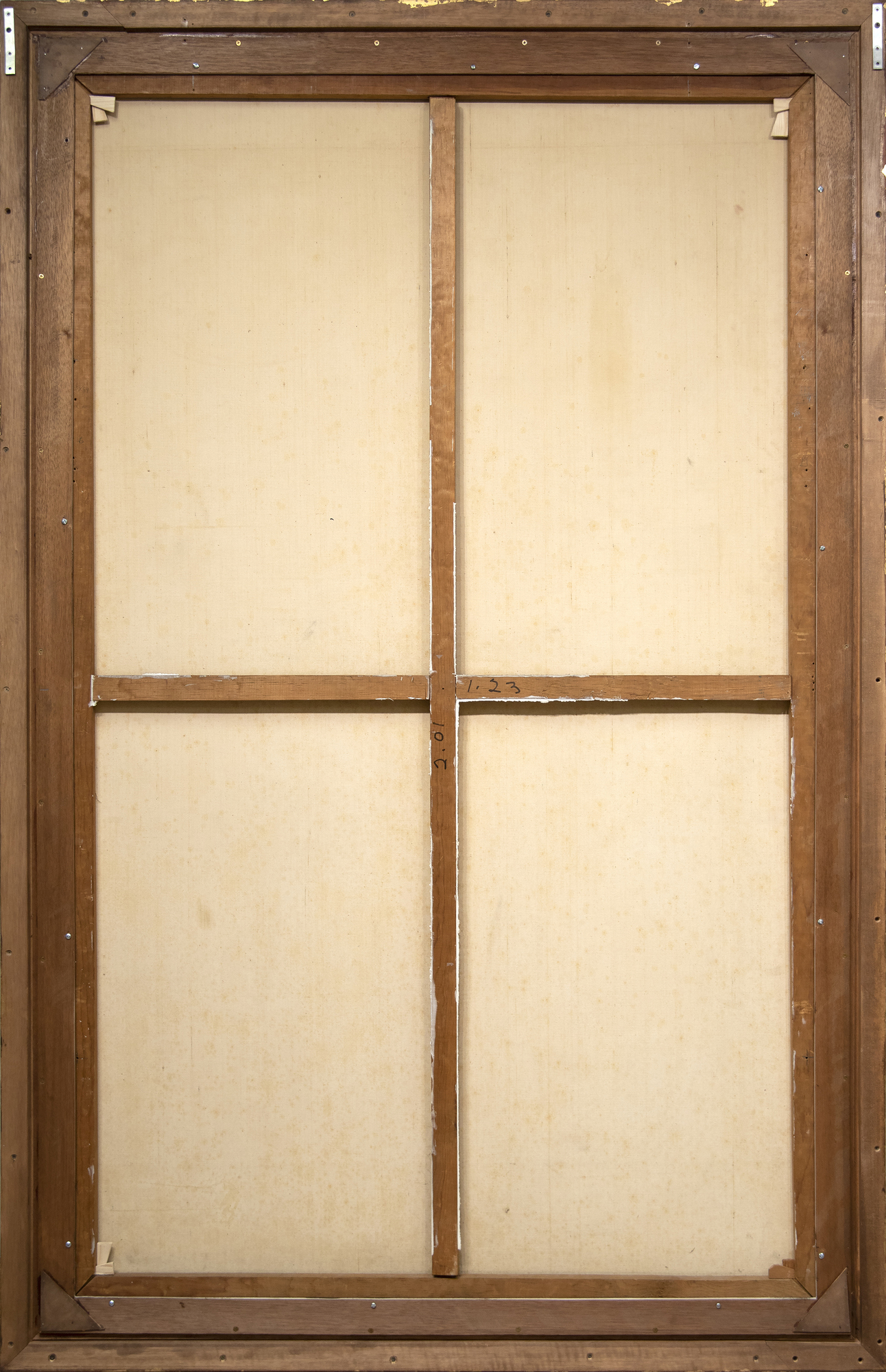
出所
Enriqueta Goldbaum de Dávila(エンリケタ・ゴールドバウム・デ・ダビラEnriqueta Dávila Goldbaum、上からの降順で。
ヒューストン、プライベート・コレクション
プライベート・コレクション、上記より入手
展示会
イタリア・ジェノバ、パラッツォ・ドゥカーレ、フリーダ・カーロ・エ・ディエゴ・リベラ 2014年9月20日~2015年2月8日メキシコシティ、メキシコ、ドローレス・オルメード美術館、Homenaje a Diego Rivera.レトラトス、2007年10月20日~2008年1月2日
アメリカ、ヒューストン美術館 2007年まで短期貸出 オリサバ メキシコ、ベラクルス州立美術館 La brillantez previa...もっとその。。。 al pincel,
2006年5月11日~8月21日
メキシコ、ハラパ、Pinacoteca Diego Rivera, Los Cuatro Grandes, March - June, 2006 メキシコシティ、Museo del Palacio de Bellas Artes, Diego Rivera:1986年9月〜1987年1月「Una Retrospectiva
文学
ガルシア、ホセフィーナHomenaje a Diego Rivera:Retratos.メキシコシティ。Dolores Olmedo, Patiño, 2007. p. 129.プリントグティエレス・L・コルテスディエゴ・リベラCatálogo General de Obra de Caballete.メキシコシティ。メキシコシティ:国立文化芸術局広報部、1989年、265ページ。プリント
ディエゴ・リベラUna Retrospectva.シウダード・デ・メヒコパラシオ・デル・ベラス・アルテス美術館、INBA、公共教育省、1986年。プリント
ロス・クアトロ・グランデスXalapa.Veracruz:Pinacoteca Diego Rivera, 2006.印刷する。Prignitz-Poda, Helga.Frida Kahlo e Diego Riera.Milano: Skira, 2014, cat.252, pp.146, 265
...少ない。。。
歴史
ディエゴ・リベラのエンリケタ・ダビラの肖像画では、作家は被写体への強い思いとともに、作品にメキシカニダス(メキシコ人としての性質)を主張している。また、この作品は、彼の肖像画の中でも特異な象徴性を持っており、画家と被写体の関係を不透明ながらも強く描き出している。
エンリケタは、名門ゴールドバウム家の末裔で、演劇界の実業家ホセ・マリア・ダビラと結婚していた。2人はリベラと親交があり、リベラは当初、エンリケタの肖像画を描くことを希望した。エンリケタはその要求を受け入れず、リベラが娘のエンリケタ "ケティータ "を描くことを条件に譲歩した。リベラは、床板から手、そして花に至るまで、絵のさまざまな部分に二重性を用いることで、母親の精神を表現している。なぜ床板の水平線に裂け目があるのか?エンリケータの家族はユダヤ人なのに、なぜ十字架が目立つのか。彼女のポーズも興味深いもので、自分の力をコントロールする女性を表現しています。リベラが爪と呼んでいる腰に当てた手が、彼女の身長に対する理解をさらに複雑にしています。
この花とショールは、メキシコ人であることを主張している。リベラは、花を作品の中心に据えることに長けており、それは一種の特徴的な装置となった。花は、着生植物であるブロメリアと、ハイビスカスティーやアグアス・フレスカに使われるジャマイカの花であるロゼリアである。この2つの花の間には緊張関係があり、エンリケタとリベラの複雑な関係を強調している。リベラは、エンリケータの家族が外国人であるにもかかわらず、自分と被写体のメキシコ人としてのアイデンティティを示す一方で、被写体に対するリベラの感情を示すより鋭い意味もあるのかもしれない。また、静物画によく見られるように、花は生命や美のはかなさを表しているのかもしれない。娘のための肖像画は、ショールと花という共通点がありますが、仕草や花の種類、配置を変えるだけで、リベラはエンリケータの個性をより強くし、レンズを通してよりダイナミックな関係を照らし出しています。
もっとそのマーケットインサイト
- リベラの記録は、2022年11月に1400万米ドル以上で記録されました。この絵は、ポール・G・アレン・コレクションにあった。
- 同様の肖像画はオークションで740万ドル以上で落札されています。
- アート・マーケット・リサーチによると、リベラ市場の年平均成長率は1976年以来10.9%、過去5年間では12.9%である。
オークションでの上位入賞実績

"The Rivals" (1931)は14,130,000円で落札されました。

"Retrato de Columba Domínguez de Fernández" (1950) は7,445,250ドルで落札されました。

"La bordadora"(1928年)は414万ドルで落札された。
















